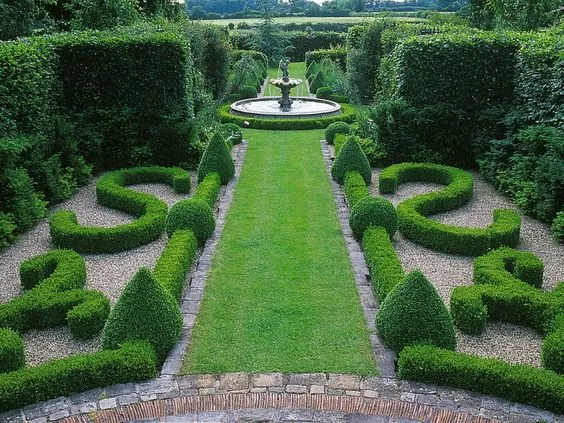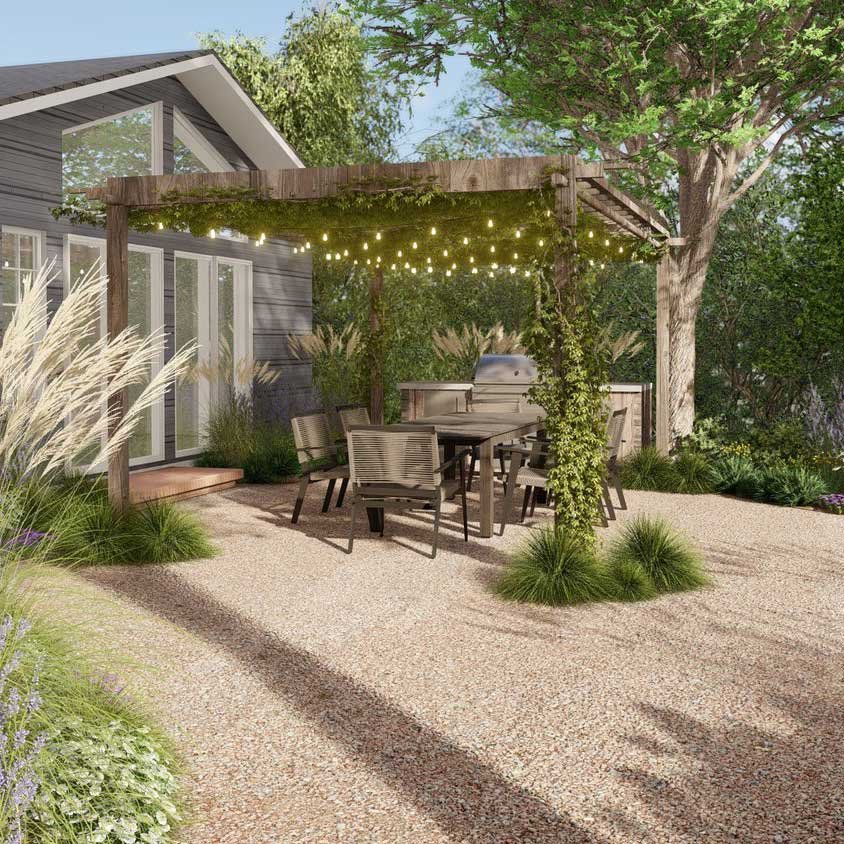Some Known Factual Statements About Landscapers
Some Known Factual Statements About Landscapers
Blog Article
The 9-Minute Rule for Landscapers
Table of ContentsThe Definitive Guide to LandscapersThe 10-Second Trick For LandscapersLandscapers - The FactsSome Of LandscapersSome Known Questions About Landscapers.The smart Trick of Landscapers That Nobody is Talking About
- A yard feature where water is represented by an aggregate rock product, typically a crushed rock or granite. These are most frequently discovered in contemporary and Japanese yard style.- A stone or natural flagstone patio area, path, or pathway constructed without a concrete base. The base would be compacted gravel and the joints would be an aggregate or walkable ground cover. - A rock preserving or free standing wall surface built without the usage of mortar. A very competent mason is required for a dry pile rock wall. Many walls in Portland are moist piled, even if they show up to be. - A below ground structure that gather water and enables it to reduce percolate right into the dirt around it.
Landscape design that is suitable with a sites' setting in both look and sustainability without adverse impacts to the environment. Bordering in the landscape is a line of demarcation that produces aesthetic passion in the garden by dividing one section from one more sector.
Areas can likewise have a feeling of "unit" supplied by trees, other growings, fencings, or screens. The landscape near the access to a building.
The Best Guide To Landscapers

The aspect in a landscape layout or location in a landscape that is meant to be most famous. The focal factor can be a plant, boulder, statuary, collecting space, or various other landscape attribute. A style of yards or yard aspects that stress straight lines, right angles and circles. Shrubs or hedges located in beds near the foundation of a home or various other structure.

An Unbiased View of Landscapers
Low plants that are permitted or urged to spread over an area. Can refer to any kind of "hard" yard elements including statuary or boulders but a lot of generally is used to refer to paths, patio areas, and walls - Landscapers.: Elevation difference between the degree of water in a fish pond (or the degree of the pump if it rests outside the fish pond) and the upper outlet of water which impacts efficiency of the water pump in gph (gallons per hour).
A chemical used to regulate weeds. Fence boards that run more information flat, often made use of in contemporary or Japanese-inspired landscape styles. Lines that define rooms within a landscape concept. These often extend from corners or key attributes of an existing framework. Appropriate use imaginary lines can aid the landscape feel connected to the home and various other aspects.
Conventional PNW landscapes are informal. A plant that spreads even more than desired, or into environments where it does damages.
The Buzz on Landscapers
Can consist of head placements and insurance coverage, pipeline sizing, GPM specs, and materials required to install this system. Licensed professional who creates landscapes, educated in design and design as well as in horticulture.
Landscape developers generally have less schooling than Landscape Architects and are not accredited. A finished landscape style, detailing all aspects for the new landscape.
Calcium product utilized to raise the pH in dirt, which will make it less welcoming to moss (Landscapers). A water tight HDPE product used underneath fish ponds, streams and waterfalls in water features. Utilizing several growings of the same variety to load in a location in the landscape. This can decrease more information maintenance and water usage in the garden.
A mix of concrete, sand, and water that is utilized in stone stonework for setting rocks and joints. A layer of compost or bark dust used at the base of a plant. A mass growing of moss. A plant that was existing in a geographical location prior to people began changing the landscape.
The Basic Principles Of Landscapers
How the yard or a garden element is organized in connection to an existing or new attribute or to an instructions. Keeping a lawn without using chemical herbicides, chemicals, or plant foods. Lawns that are not cut however expanded in landscapes as perennials. This is a partly open sided leisure or leisure location that joins a house, used for amusing, exterior dining and just appreciating the outdoor environment.

Small round crushed rock. Plants that offer seasonal interest and afterwards pass away back in the winter season. Annuals do not come back the following season, but perennials do. Winter season lawn that is the most common turf grass in Rose city, OR et cetera of the PNW.An open roofed framework over a patio area or various other landscape attribute.
The most usual landscape crushed rock in the PNW. Area of the landscape developed to deal with rainfall water up visit this site until it can saturate into the ground.
Framework made of timber, concrete, paving stones, bricks or other materials for maintaining inclines and protecting against too much erosion. Slim gutter. Producing a yard function consisting largely of stones with plantings that enhance and can flourish in the rough setting. Sprinkler head style that revolves a stream of water across an area.
Landscapers Fundamentals Explained

Report this page